#Narrow-bordered five-spot burnet
Text
lifestealers as moths because I'm bored. all images from here
zam - speckled yellow
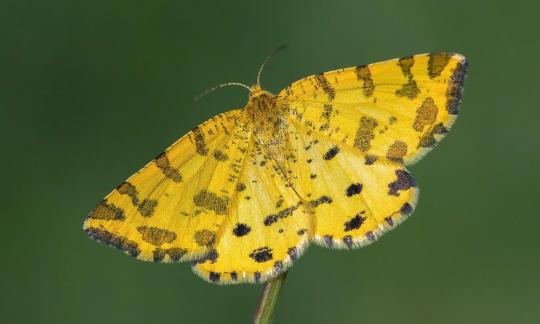
squiddo - sussex emerald

spoke - death's-head hawkmoth

mapicc - ruby tiger

roshambo - puss moth

vitalasy - purple-bordered gold
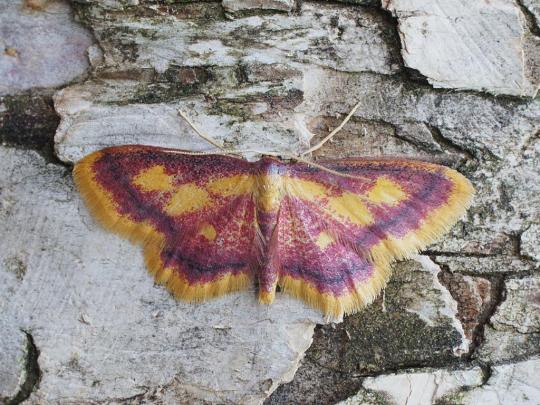
bacon - orange swift

clown - narrow-bordered five-spot Burnet

jaron - latticed heath

jumper - lackey

subz - kentish glory

ash - haworth's minor

parrot - green silver-lines
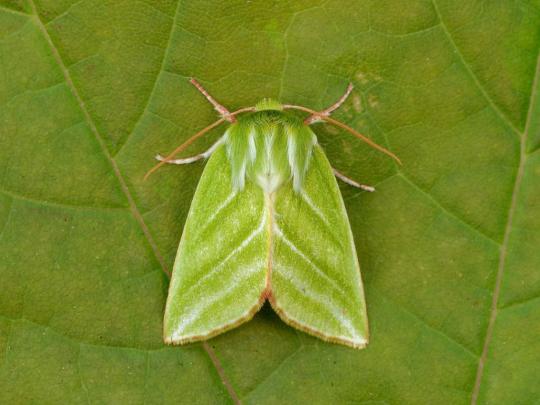
pangi - grass eggar

reddoons - cinnabar

planet - crimson speckled
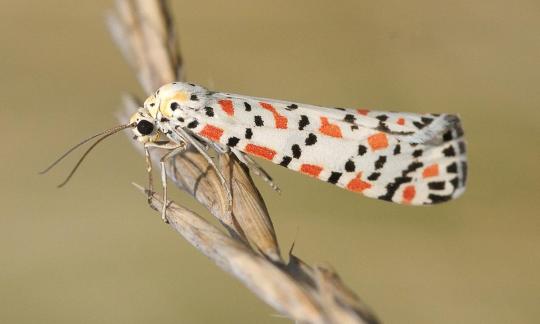
woogie - clouded silver
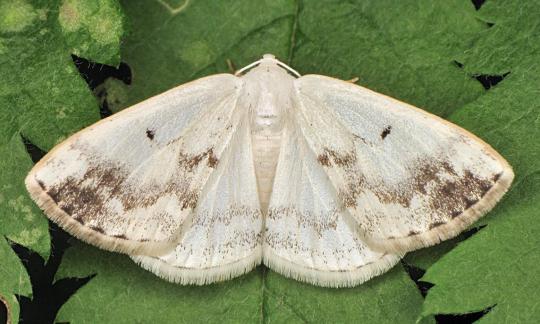
poafa - leopard moth

branzy - blood-vein

rek - antler moth

Leo - argent & sable
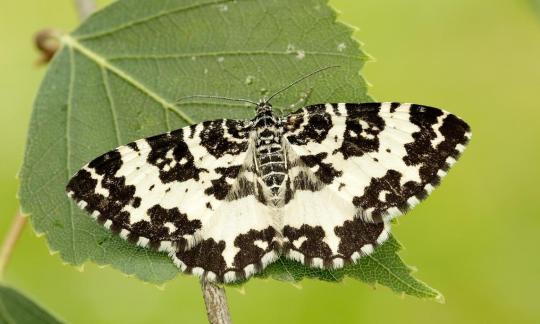
minute - white barred clearwing
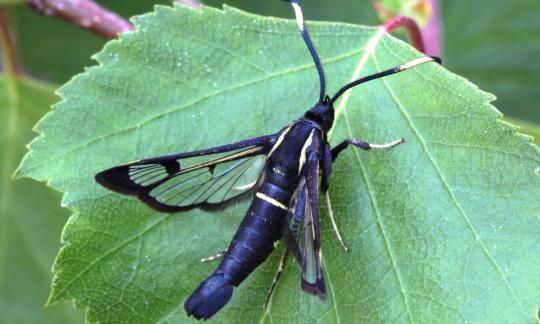
terrain - triangle

jepexx - herald

mid - small purple-barred

#zeph.text#lifesteal smp#long post#missed a few cause I couldn't find any that fit them SORRY#posting in an active warzone
66 notes
·
View notes
Text


narrow-bordered five-spot burnet (Zygaena lonicerae)
#insects#moths#zygaena#entomology#bugs#nature#wildlife#wildlife photography#dear diary#orlatakesphotos
11 notes
·
View notes
Text
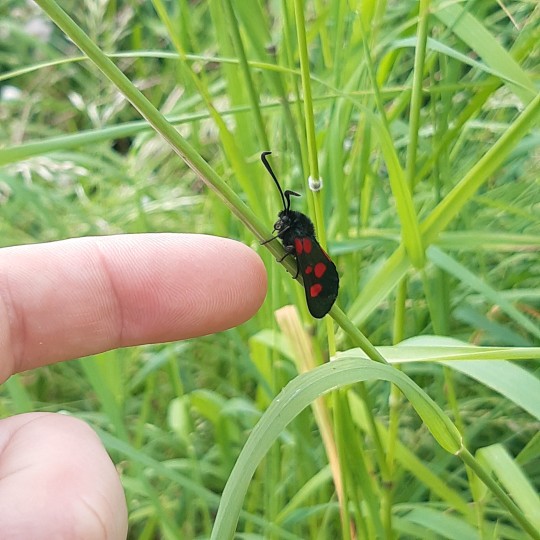

Found some narrow bordered five-spot burnet moths (Zygaena lonicerae) in the garden today, which was neat. I counted like five in total and also an uneclosed cocoon.
18 notes
·
View notes
Text
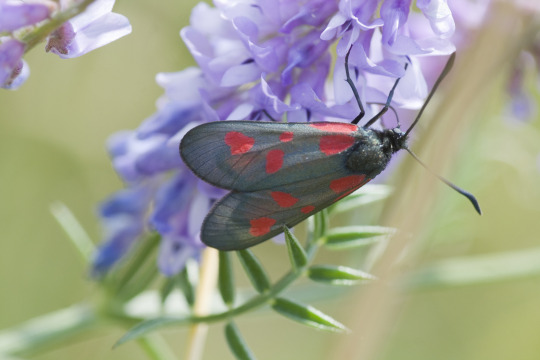
Narrow-bordered Five-spot Burnet, Zygaena lonicerae. Tufted Vetch. Vicia cracca, Canon 400D EF 100 2.8 f/4 1/250 iso: 400 Milovice, Czech Republic 7/1/2010
#MothsMatter#moths#Zygaenidae#Burnets#Foresters#Lepidoptera#insects#invertebrates#Macro#grasslands#insectphotography#macrophotography#insect#canon#savebutterflies#butterflies
3 notes
·
View notes
Text
moth names part 1
because. list source (x)
an / ann - annulet
antler
apple
argent
ash - ashworth
arch / arche - arches
bar - barb - barber - barberry
barred
beau - beauty
belle
belt
bird
blair
blood
blot - blotch / blotche - blotchy
blox - bloxworth
blu / blue / bleu
bord - border
box
bri / bry - bright / brite - brighton
brown
brim - brimstone
brin / bryn - brind - brindle
braud - broad
bee / bea
buff - buffy
bur / burr - burn / byrn / byrne - burnet / burnett / burnette
brass
button
blush
car - carpet
cher / cherr - cheri / cherry
canary
case
chalk
chestnut
chim - chime - chimney
choco - chocolate
cin / cinn - cinna - cinnabar
cis - cist - cistus
clan - clance - clancy
clif - clifden
cloa - cloak
clou - cloud
cream
crims - crimson
cur / curr - currant
clear
clove - clover
dark
death
dec - dece - deca - deco - decem / decemb - december
dew - dewick
dingy
dot / dott
drab
drink - drinker
dusk - dusker - dusky
dag - dagger
ermine
em - emer - emera - ermeral - emerald
eye
earl - early
el / ele / elle - elephant
em - emp - emper - emperor
es / ess / esse - essex
es - est - estu - estua - estuar - estuari - estuarin / estuarine
egg - eggar
for - forest / forrest - forester
fea - feath - feather
fest - festoon
fier - fiery
fire
fish - fisher
five
flame
four
fox - foxglove
frost
goth - gothic - gothica
grey / gray
green
gal - gali - galia - galium
gar - gard / guard - garden - gardenia
ghost
goat
gold
grass
glory
hook
hawk - hawkmoth
heath
honey - honeycomb
haw - haworth
heart
horn - hornet
hum / humm - hummer - humming - hummingbird
jersey
july
knot
ken - kent - kenti - kentish
Lune - Luna - Lunar
leaf
line
lute - lutestring
loop - looper
lack - lackey
lace
lappet
lattice
lead
leo - leopard
lichen
lime
liquor - liquorice
moth - mothy / mothie - mothica
mocha
magpie
maid - maiden
manchester
map
mar - marble
march
mer - merv / merve - merveil / merveille
mint
mist - mistle - mistletoe
mot / mott
narrow
net / nett
north - northern
nov / nove - nova - novem / novemb - november
ora / aura - oran - orange
Pine
per / par - pareil
plume
plus - plusia
pug
pier - pierce - piercer
pearl
quake - quaker
rust - rustic
riv - rivu - rivul - rivulet / rivulette
red
shade
sable
skel - skele - skeleton - skeletonizer
stripe
straw
snout
silver - silverline
sweep - sweeper
swift
spot
speck
shell
swallow
tooth
tree
tail - tails
thor - thorn
tiger
treble
umber
vein
wing
white
wave
wane / wain - wainscot
wax
yellow
#moth names#types of moths#names from#names from moths#name suggestions#read dni#name ideas#name lists#name blog#read my dni#name request#name inspiration#baby names#gender neutral names#fleur speaks
13 notes
·
View notes
Text

Narrow-Bordered Five-Spot Burnet
(Zygaena lonicerae)
0 notes
Photo
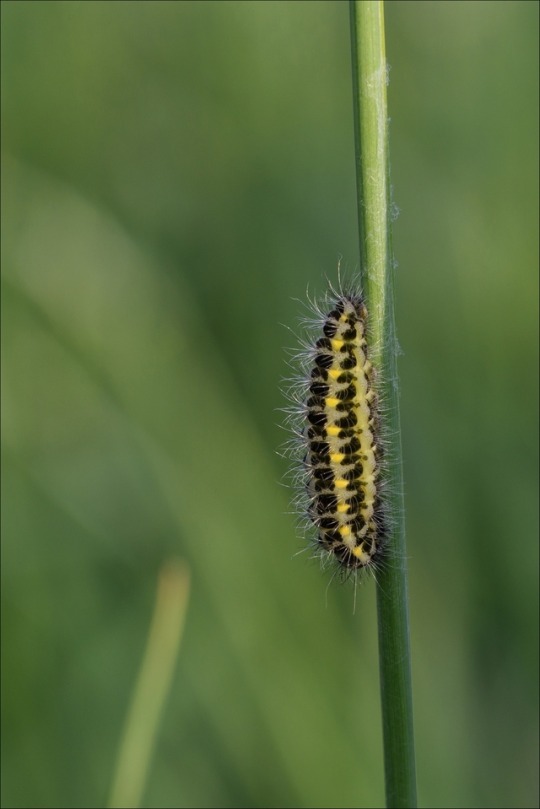
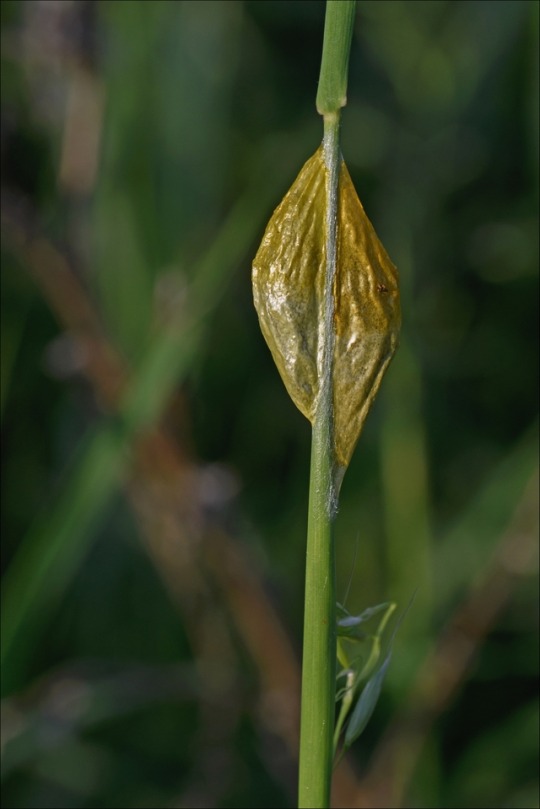
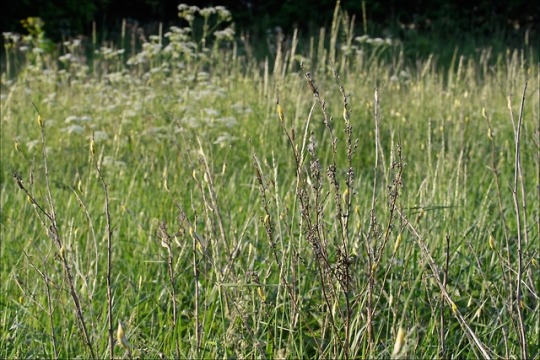

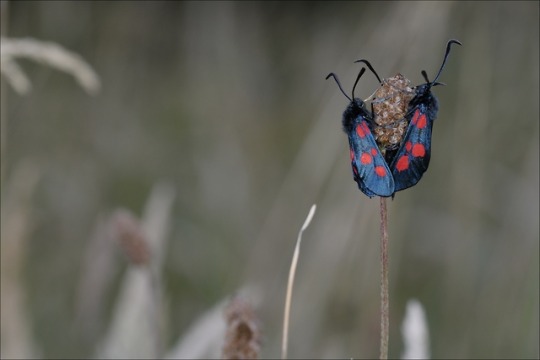

Femplettet køllesværmer (Zygaena lonicerae)
Femplettet køllesværmer er en dagaktiv sværmer i køllesværmer-familien (Zygaenidae). Der er flere lignende arter.
Larverne, som har overvintret, kommer frem i det sene forår, og i løbet af maj æder de sig store i kløver (Trifolium). Fra midt maj til starten af juni forpupper larverne sig i karakteristike gule til brune, teltagtige pupper på græsstrå og halvhøje urter. På egnede lokaliteter kan der på den måde være i hundredevis af pupper, som lyser gult i vegetationen.
I løbet af et par uger udvikler larven inde i puppen sig til den voksne køllesværmer, og i løbet af de næste par uger myldrer det med køllesværmere, som sidder en tid og tørrer vinger, inden de påbegynder søgningen efter føde og en mage. Ofte benytter en han sig af, at hunnen skal skal vente på, at hendes vinger tørrer, til at påbegynde parringen.
I nogle dage endnu bliver de voksne køllesværmere på lokaliteten, hvor de ofte sidder i småflokke på strå og blomster, inden de spreder sig ud i det omkringliggende område i søgen efter tidsler (Carduus) og andre kilder til nektar.
Narrow-bordered five-spot burnet (Zygaena lonicerae)
The Narrow-bordered five-spot burnet is a diurnal moth in the family Zygaenidae). Several similar species.
The larvae or caterpillars, having wintered, emerge mid to late spring, and during May they gorge themselves on clover (Trifolium) in their final instar. From mid-May till early June the caterpillars pupate in characteristic, yellow to brown, tent-like pupae on straws and weeds. In suitable locations, hundreds of these pupae are like small, yellow lights in the vegetation.
During a couple of weeks, the pupating caterpillar developes into the adult moth, and over the next weeks scores of Narrow-bordered five-spot burnets emerge. They sit for a while, letting their wings dry, and the start searching for food and a mate. Often, a male will seize the chance to start mating a female moth waiting for her wings to properly unfold and dry.
For a few more days, the burnets stay at the site, often gathered in small groups on straws and flowers. Then they scatter in the surrounding area in search for new sources of nectar, often thistle (Carduus).
#Femplettet køllesværmer#Zygaena lonicerae#Narrow-bordered five-spot burnet#Kølleværmer#Sværmer#Burnet#Lepidoptera#Sommerfugle#Butterfly#Butterflies#Larve#Larver#Puppe#Pupper#Larva#Pupa#Pupae#Parring#Mating#Moth#Insekter#Insects
1 note
·
View note
Text
Black and red and poisonous! Burnet moths
Black and red and poisonous! Burnet moths
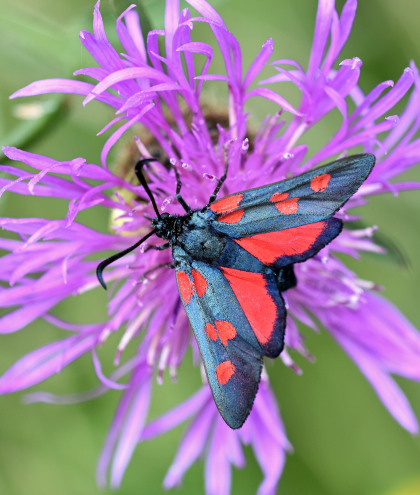
Five-spot Burnet (Zygaena trifolii) on Centaurea nigra L. flower. Galicia, Spain. Photo by Ray Cannon
What does this strikingly black and red coloured moth say to you? Eat me? Or, don’t touch me because I am poisonous? It should say the latter! Because bright, contrasting colours like this are aposematic. They are universal warning colours which apply throughout the animal kingdom; and if you…
View On WordPress
#aposematic#aposematic colouration#Burnet moths#Burnets#cyanogenic glucoside#Five-spot Burnet#Narrow-bordered five-spot burnet#Six-spot burnet#Zygaena filipendulae#Zygaena lonicerae#Zygaena transalpina#Zygaena trifolii
0 notes
Photo










15/06/2021-Bentley Wood
With a packed weekend and so many places we wanted to go for so many species, all so successful but we didn’t have enough days to fit everything in, and me and my Mum off work today to do the brilliant Naturetrek Stone Curlew walk I suggested we might come to Bentley Wood after for my Mum’s partner and Missy our dog to have a walk and also because Small Pearl-bordered Fritillary and possibly Large Skipper should be about which we needed to see.
We did this in the perfect weather of the bright sunshine and it being so warm. It was lovely to be in the shades of the beautiful looking luscious green wood. I took the third picture in this photoset of a view here. Early on I was happy to see and get the chance to photograph some freshly pink foxgloves one of my favourite flowers I got the first picture in this photoset of this. I had seen some on the roadside on Saturday so it was brilliant to get a few chances to photograph this excellent wildflower at a site so good for them. As we walked to the field just a bit along from the car park where we would look for the butterflies, it was great to see the foxgloves and get up close photo opportunities and also take scenes of a few of them together looking scrumptious. Some herb-Robert made a nice sighting early on too another pretty pink flower.
Into the field blooming in bright green as the landscape photo shows we got chatting to a kind gentleman who had seen the Small Pearl-bordered Fritillaries. We didn’t spot any immediately but were entertained by the place teeming with Five-spot Burnets. They were everywhere and especially were loving the ragged robin flowers a flower I found attractive and liked looking at again today too which I tweeted pictures of on Dans_Pictures tonight. I took the second picture in this photoset of some burnets on this. The very pretty Five-spot Burnets a moth I love are very much in the ascendancy now after my first of the year at Martin Down on Saturday which is great to see. I took the fourth picture in this photoset of a common spotted orchid enjoying them and heath-spotted orchid again today.
Also by the very bright pink ragged robin was a lovely glowing orange Large Skipper we had thought we had seen one early on in the walk coming into the field where we saw a nice common lizard too my first this year I believe which was nice, but could not be sure on the possible Large Skipper. But this one I now had and another one I saw which I got the fifth picture in this photoset of and watched for a little while later on could see was Large Skipper. I was so happy to see this, another species I see as a summer butterfly after Meadow Brown yesterday which is great to have in this weather. Whilst watching this butterfly another slightly bigger orange butterfly flew in and nearly knocked it off where it was sitting. I could make out from its distinctive fixed chevron markings compared to the Pearl-bordered Fritillary we had seen there so well this year, and sweetly smaller size and more brightness given the Pearl-bordered Fritillary season is getting on now it was a Small Pearl-bordered Fritillary. I was happy to get a precious few seconds watching this fly along one of our rarest and greatest butterflies for me. It felt so good to sneak another butterfly target species in not only during this patch of perfect weather for them but before we go on holiday next week. It took my butterfly year list to 27 only four behind how many I had seen at this stage last year and two behind this stage in 2019 my two highest ever butterfly year lists. We only started seeing Small Pearl-bordered Fritillaries again in 2019 here we had seen one here once in 2014 and then we discovered end of May into June is when to come for them here and admittedly last year’s spring everything happened ahead of when it normally does but whenever we come here for them the Large Skippers are just starting to come out so that’s three years in a row I have seen these two species for the first time in a year on the same day. So I am coming to associate these species with each other more and more just like I associate Large Skipper and Meadow Brown the two butterflies to take us into summer.
As my time here went on I enjoyed a decent few Grizzled Skipper butterflies being around quite late for the species, I took the sixth picture in this photoset of one. I am not sure I’ve very often seen Large and Grizzled Skipper on the same day before I’ve had such a good year for the Grizzled Skippers. I also noticed the marsh snipefly in the seventh picture in this photoset which someone kindly identified for me on Twitter I had never seen one of these before a lovely beautiful gem to find in the field.
Just before that the day and the week did throw up another big moment for me when the gentleman spotted a rare narrow-bordered bee hawk-moth whizzing by. I saw it too and followed it for a little while seeing it up closer. I saw what a distinctive and special insect it was it really did look so lovely and it was very exciting to see it. Another new moth for me this year which was great I was so happy to see this. I took the final three pictures in this photoset of flowering in the back garden when home and another nice sunset tonight. It was entertaining to see a Woodpigeon land on a plant pot hanging down from our balcony tonight I think looking for fallen food. I also noticed just how covered in beautiful roses our bush in the front garden is now before we left for Bentley Wood. What an incredible four days today was one of the days of the year, and I am so excited to see how the rest of the week unfolds before we head for Anglesey on Saturday. I hope you all had a nice day.
Wildlife Sightings Summary: My first ever narrow bordered bee hawk-moth, my first Large Skipper and Small Pearl-bordered Fritillary of the year, one of my favourite moths the Five-spot Burnet, Grizzled Skipper, Small Heath, Meadow Brown, Brimstone, Common Blue, a few interesting moths, marsh snipefly, common lizard, a little brown job bird (LBJ) which I couldn’t quite see what I was not quick enough and I heard one of my favourite birds the Buzzard.
#common lizard#bentley wood#wiltshire#hampshire#marsh snipefly#five-spot burnet#grizzled skipper#buzzard#call#common blue#narrow bordered bee hawk-moth#large skipper#small pearl-bordered fritillary#moths#butterflies#flowers#foxgloves#spurge#uk#england#world#beautiful#happy#tuesday#day#memoable#year#2021#birdwatching#wildlife
1 note
·
View note
Text

Narrow-bordered Five-spot Burnet, Zygaena lonicerae. Canon 400D EF 100 2.8 f/3.5 1/200 iso: 200 Celakovice-jirina, Czech Republic 5/24/ 2012
#mothsMattr#moths @Zygaenidae#Lepidoptera#insects#invertebrates#macro#grasslands#macrophotography#insectphotography#insect#canon#butterflies#savebutterflies
0 notes
Text

Narrow-bordered Five-spot Burnet, Zygaena lonicerae. Canon 100 2.8 100 2.8 f/2.8 1/200 iso: 200 Celakovice-Jirina, Czech Republic June 24, 2012
#Zygaenidae#moths#mothsMater#Burnets#insects#invertebrates#lepidoptera#Macro#Grasslands#macrophotography#insectphotography#macro#canon#insect#savebutterflies
0 notes
Text

Narrow-bordered Five-spot Burnet, Zygaena lonicerae. Field scabious, Knautia arvensis Canon 400D EF 100 2.8 f/ 5 1/125 iso: 400 Milovice, Czech Republic July 1, 2010 #
#MothsMatter#moths#lepidoptera#Zygaenidae#Zygaenids#insects#Invertebrates#Macro#macrophotography#invertebrates#insect
1 note
·
View note
Text

Narrow-bordered Five-spot Burnet, Zygaena lonicerae Canon 7D EFS 60 2.8 f/3.5 1/320 iso: 320 MIlovice, CZE June 28, 2020
#Zygaenidae#Zygaenids#MothsMatter#moths#savebutterflies#butterflies#macro#Lepidoptera#insect#canon#lepidoptera#macrophotography#insectphotography
0 notes
Text

Narrow-bordered Five-spot Burnet, Zygaena lonicerae Canon 7D EFS 60 2.8 f/ 2.5 1/320 iso: 320 Milovice, CZE 6/28/2020
#Zygaenidae#Moths#mothsMatter#savebutterflies#butterflies#macro#lepidoptera#macrophotography#insectphotography#insect#insects
0 notes
Text
Bonking burnets!

View On WordPress
#Burnet#Burnet moth#in copula#mating#Narrow-bordered Five-spot Burnet moth#Scarborough#Zygaena lonicerae
0 notes